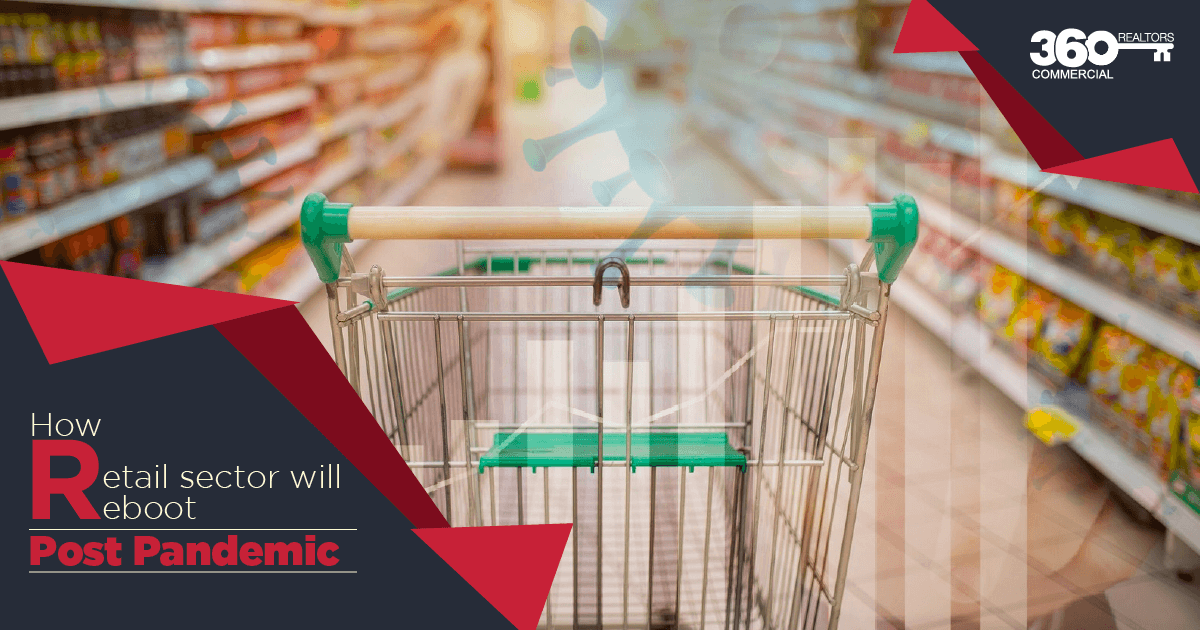The closure of non-essential retail stores during lockdown has led to an unprecedented rise in consumer demand across alternate digital retail channels, and though the brick-and-mortar stores have resumed operations, customers will not rush back to the traditional shopping environments immediately. Retailers now need to drastically rethink their brick-and-mortar retail strategy, and how they need to reboot themselves for staying relevant to the post-pandemic ecosystem. Let’s see some of the pragmatic global trends that Indian retailers should adapt to, in order to survive these challenging times.
Technology will be the game changer:
Some of the countries that eased the lockdown rules before us, like China and Germany, have witnessed that there was a significant amount of consumer appetite that wanted to go back to shopping in a physical environment. However, to make the shopping journey convenient for the customers, retailers are vouching on technologies that make the shopping trip fast, efficient and streamlined – like contactless, self-checkout. Indian retailers were already embracing these technologies, but now the usage of these will see further acceleration.
For instance, for apparel retailers, instead of trial rooms, the virtual trial rooms, where customers can virtually try on clothing will be a new disruptor. All that customers are seeking from the retailer are faster, smoother, and a contactless shopping journey.
Less Footfall but Bigger Bill Size:
The retail sector, especially in the non-essential category, has seen some of the worst times during the lockdown. The retailers and suppliers are desperate to have stores open, but of course, the re-opening has to be balanced against the scientific advice.
Even the customers will not start flocking the stores immediately. It will be a gradual process; people will do one tentative visit and see what it’s like. The recovery of footfall will be slow, but when people do go to stores, they will spend more.
Confidence Building is the Need of the Hour:
As stores begin to reopen, retailers now have to assess the format and layout of their stores to fit the new market reality, but more importantly they must tackle the issue of consumer confidence to return to brick-and-mortar stores. This may be through creating a safe and secure shopping environment by harnessing digital tools to ensure a seamless shopping experience, ease of finding the products. However, an essential part of confidence will be ensuring the product is available when the customer eventually visits the store. Thus, the backend integration is very important.
Appointment Based on Shopping Schedules:
There is a strong desire for people to socially engage again and enjoy human contact. What internationally many retailers are doing and what is pragmatic for Indian retailers as well is to move in the direction of ‘appointment-based shopping’. This concept in many ways presents opportunities to re-engage and reconnect with customers to nurture closer bonds, and make them feel special, indulged and valued by inviting them into a more intimate and personalized brand experience.
Adapt to Survive: Omnichannel is a new reality:
Getting customers back to the physical stores when they have gotten accustomed to the safety valves of their homes will be a daunting task at least for the first few months. Shoppers are currently nervous about entering brick-and-mortar stores and the risk associated with it. Retailers will require a re-imagination of how stores fundamentally operate, and more importantly, it means a higher emphasis on customer experience.
Retailers need to quickly adapt to their new reality and understand how best they can support their customers considering the sharp acceleration in consumer adoption of digital over the lockdown period. They need to accelerate their omnichannel propositions as well.






